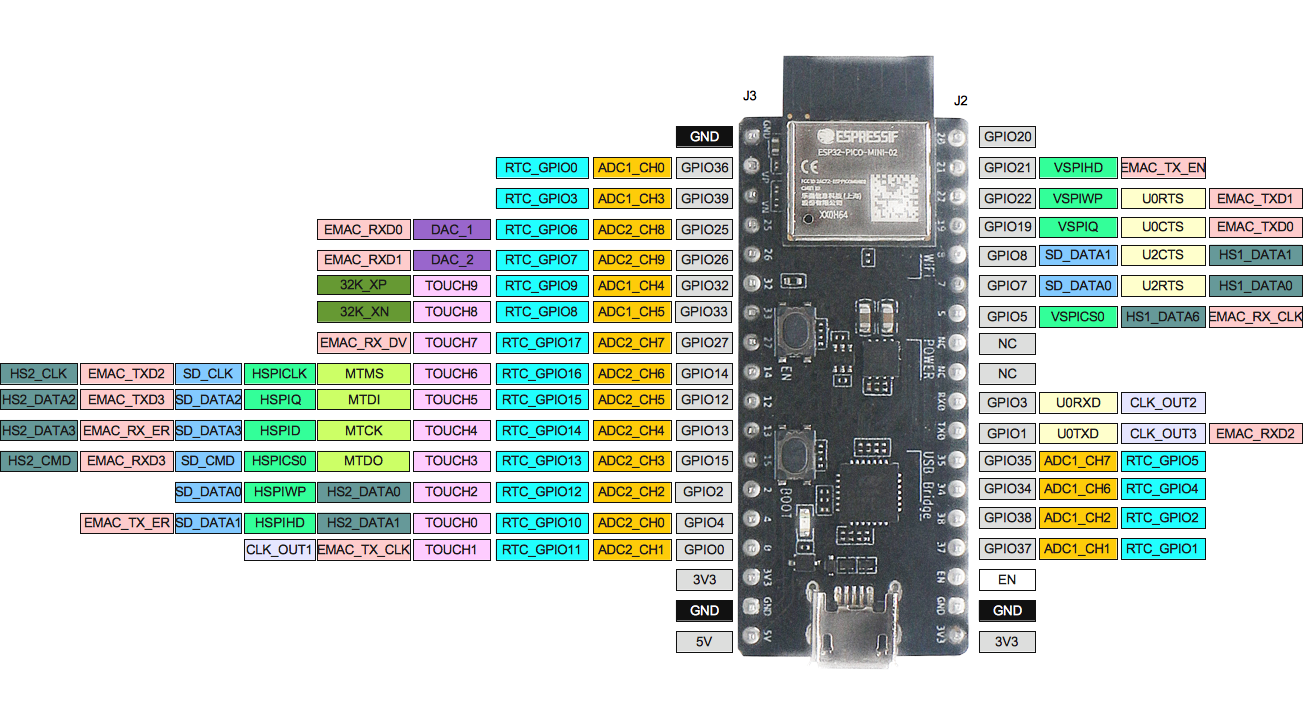

😊 I want to manage my website using a Git repository That’s it! Open your favorite web browser and navigate to your brand new, stupidly simple, blazing fast, flat file CMS! Pico’s sample contents will explain how to create your own contents. Okay, here’s the catch: There’s no catch. Heck, what does this even mean? Forget about it, Pico is different! Step 1ĭownload the latest Pico release and upload all files to the desired install directory of Pico within the httpdocs directory (e.g.

😊 I want to use a pre-bundled releaseĭo you know the feeling: You want to install a new website, so you upload all files of your favorite CMS and run the setup script - just to find out that you forgot about creating the SQL database first? Later the setup script tells you that the file permissions are wrong. What second step? There’s no second step. Connect a jumper wire from the other button pin to RUN, pin 30 on the Pico.$ php composer.phar create-project picocms/pico-composer pico.Connect a jumper from one button pin to a GND pin on the Pico, we used pin 38.

You can refer to this project for a step by step on how to do this. This project will show you how to do just that!Īs we’ll be building this on a breadboard, the first thing to do is to add some header pins to your Pico. Having a reset button on your Raspberry Pi Pico resolves this problem. Sometimes it is not convenient to keep unplugging the micro USB cable every time you want to upload a UF2 onto the Pico. You can then just drag and drop a UF2 file onto the board. When you press and hold the BOOTSEL button and connect your Pico to your computer, it mounts as a mass storage volume.


 0 kommentar(er)
0 kommentar(er)
